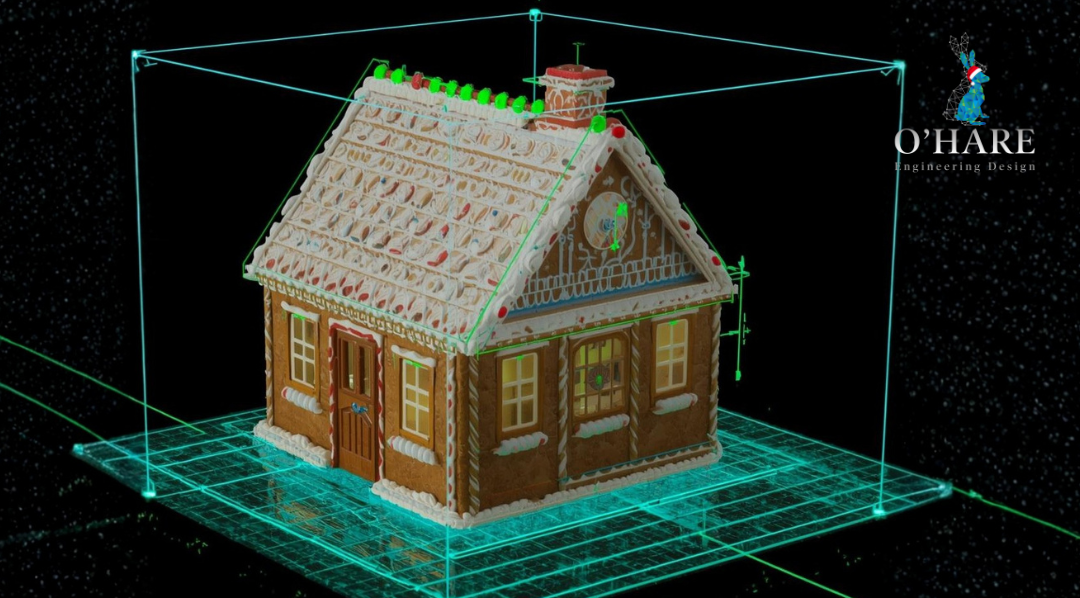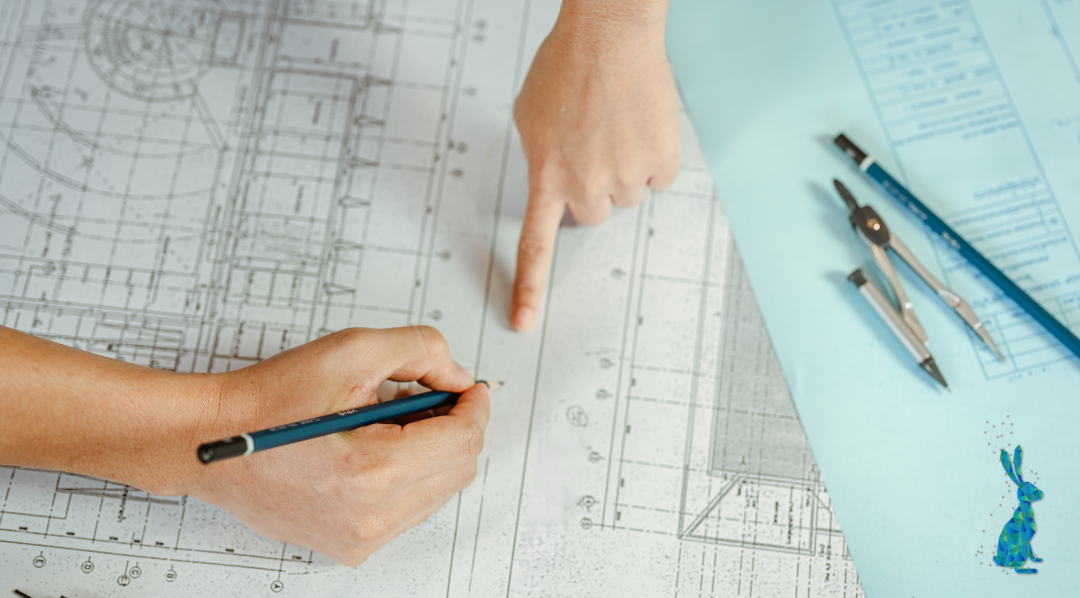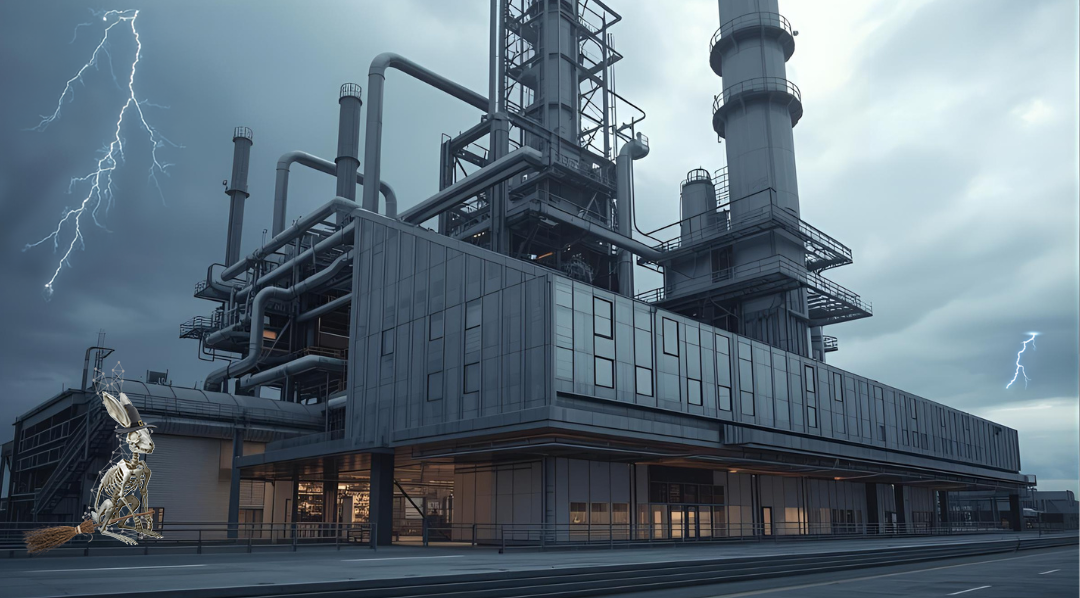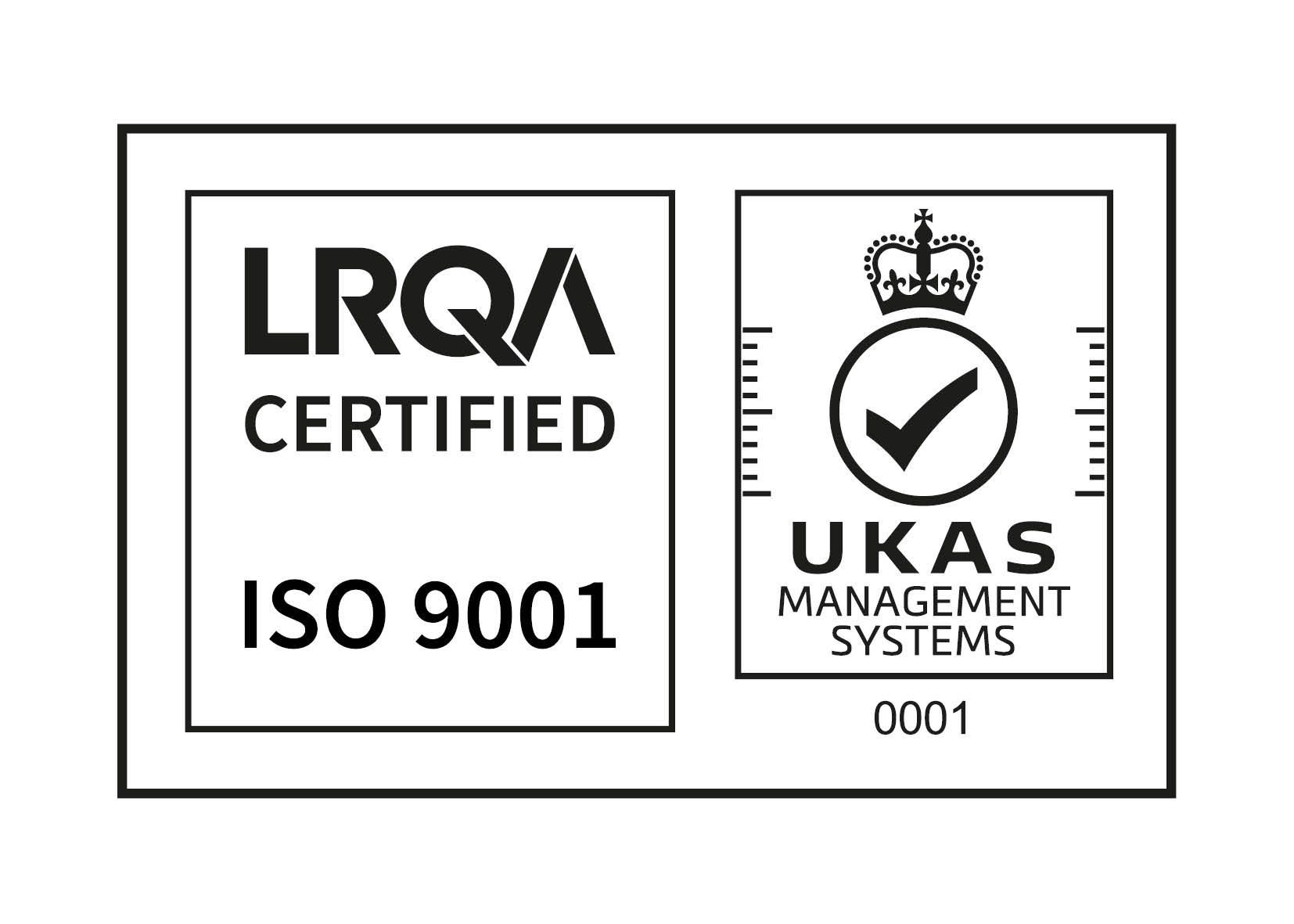How 3D Laser Scanning Helps Achieve Faster Project Approvals

How 3D Laser Scanning Helps Achieve Faster Project Approvals
Date: 27rd March 2025
Anyone who’s managed an engineering or construction project knows that approvals can be one of the biggest bottlenecks. Whether it’s planning permission, regulatory compliance, or stakeholder sign-off, delays at this stage can push back entire timelines, increase costs, and frustrate everyone involved. When approvals stall, so does the project, leading to wasted time, unnecessary expenses, and a mountain of scheduling headaches.
Decision-makers (regulators, investors, or clients) need confidence that the proposed plans align with site conditions, safety requirements, and long-term feasibility. However, incomplete or inaccurate documentation raises red flags that require further review.
By capturing accurate site data, laser scanning eliminates guesswork, provides verifiable documentation, and gives stakeholders the clarity they need to approve projects quickly. Here’s how it streamlines the process and helps projects move forward with confidence…
Providing accurate, up-to-date as-built data
One of the most common issues in project approvals is working with outdated or inaccurate site drawings. Relying on old measurements or assumptions can lead to discrepancies, which can mean the design is rejected or force multiple rounds of revisions. 3D laser scanning eliminates this problem by capturing an exact digital replica of the site, ensuring all data is current and highly accurate. With millimetre-level precision, engineers can confidently present as-built conditions to planning authorities, reducing the likelihood of pushback or rework.
Improving stakeholder confidence
Approvals also often get held up because decision-makers struggle to visualise the project in its real-world environment. Misunderstandings and uncertainty can lead to prolonged back-and-forth discussions, slowing everything down.
With 3D laser scanning, complex site data is transformed into detailed, interactive 3D models. This makes it much easier for stakeholders to understand spatial constraints, planned modifications, and potential impacts. Instead of working from 2D drawings or technical reports, they can see exactly how the project fits into the existing environment, leading to quicker, more confident decision-making.
Reducing revisions and compliance issues
Regulatory bodies require precise documentation to ensure projects meet safety and environmental standards. If plans are based on inaccurate measurements, errors can be flagged late in the process, causing costly delays.
Since 3D laser scanning provides comprehensive, verifiable data, it helps engineers and designers produce highly detailed, regulation-compliant documentation from the start. This reduces the risk of approval setbacks due to missing or incorrect information, streamlining the compliance process.
Clash detection and early issue resolution
Discovery of unexpected site conflicts also has the potential to put a halt on projects. Whether it’s new infrastructure clashing with existing structures, accessibility issues, or compliance concerns.
By integrating 3D laser scanning data into BIM (Building Information Modelling) workflows, engineers can identify and resolve these clashes before project kickoff. This means potential issues are flagged and fixed in the design phase, rather than being caught during the approval stage when changes are more time-consuming and expensive.
Speeding up modifications and resubmissions
Even with the best planning, some projects will require modifications before receiving full approval. Traditional site surveys can slow this process down: waiting for new measurements, verifying dimensions, and updating designs all add unnecessary time to the project timeline.
With 3D laser scanning, all site data is already captured in a highly detailed digital format. If modifications are needed, engineers can quickly update the existing 3D model rather than returning to the site for new measurements. This means changes can be submitted faster, reducing downtime and keeping projects moving forward.
Project approvals don’t have to be a painful process. If you’re tired of slow approval processes and unnecessary setbacks, let’s talk about how 3D laser scanning can help you get projects signed off faster and with fewer complications.




